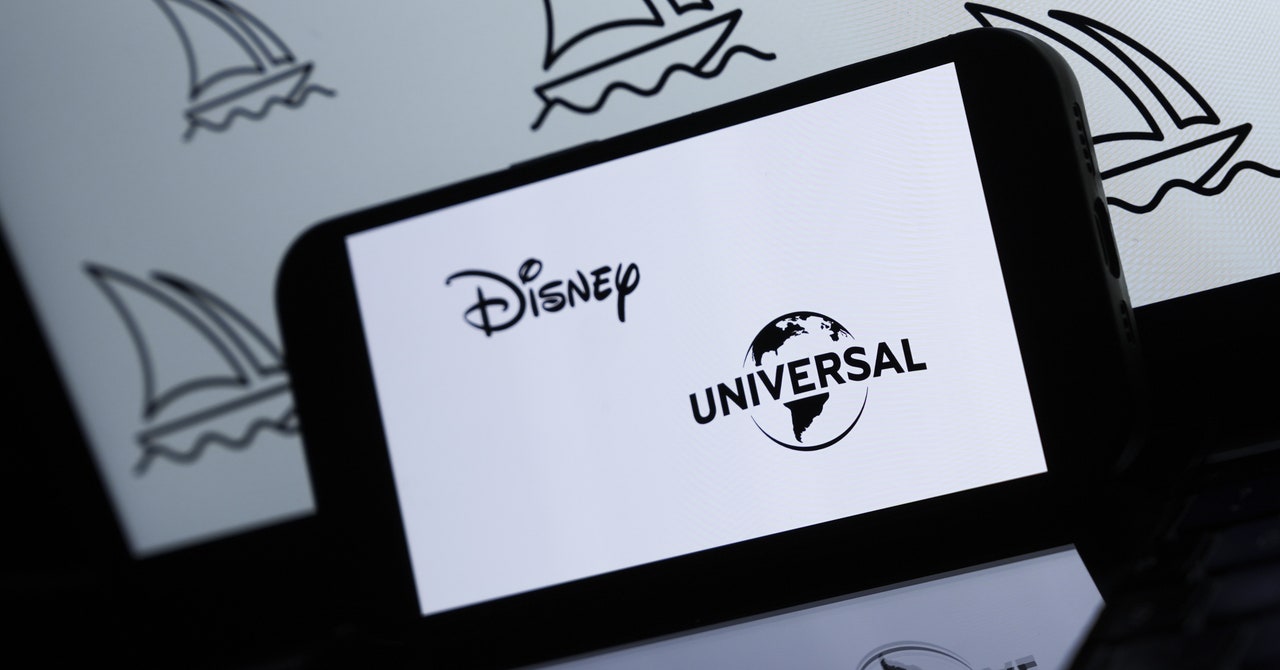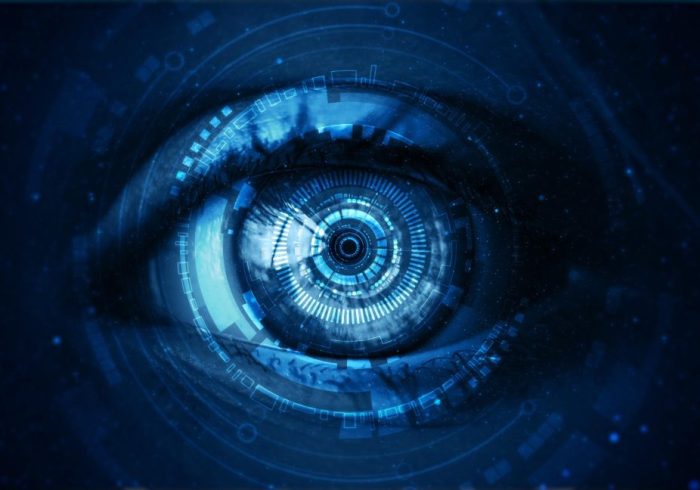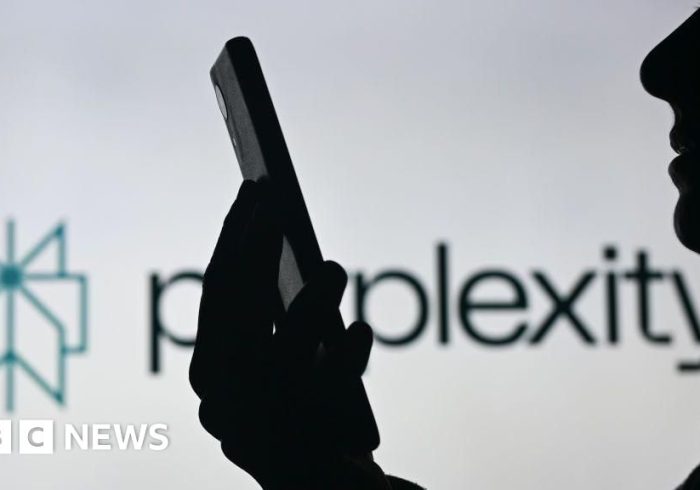Midjourney’s new AI-generated video device will produce animated clips that includes copyrighted characters from Disney and Common, WIRED has discovered—together with video of the beloved Pixar character Wall-E holding a gun.
It’s been a busy month for Midjourney. This week, the generative AI startup launched its subtle new video device, V1, which lets customers make quick animated clips from pictures they generate or add. The present model of Midjourney’s AI video device requires a picture as a place to begin; producing movies utilizing text-only prompts shouldn’t be supported.
The discharge of V1 comes on the heels of a really totally different form of announcement earlier in June: Hollywood behemoths Disney and Common filed a blockbuster lawsuit towards Midjourney, alleging that it violates copyright regulation by producing pictures with the studios’ mental property.
Midjourney didn’t instantly reply to requests for remark. Disney and Common reiterated statements made by its executives concerning the lawsuit, together with Disney’s authorized head Horacio Gutierrez alleging that Midjourney’s output quantities to “piracy.”
It seems that Midjourney might have tried to place up some video-specific guardrails for V1. In our testing, it blocked animations from prompts primarily based on Frozen’s Elsa, Boss Child, Goofy, and Mickey Mouse, though it could nonetheless generate pictures of those characters. When WIRED requested V1 to animate pictures of Elsa, an “AI moderator” blocked the immediate from producing movies. “Al Moderation is cautious with lifelike movies, particularly of individuals,” learn the pop-up message.
These limitations, which look like guardrails, are incomplete. WIRED testing exhibits that V1 will generate animated clips of all kinds of Common and Disney characters, together with Homer Simpson, Shrek, Minions, Deadpool, and Star Wars’ C-3PO and Darth Vader. For instance, when requested for a picture of Minions consuming a banana, Midjourney generated 4 outputs with recognizable variations of the lovable, yellow characters. Then, when WIRED clicked the “Animate” button on one of many outputs, Midjourney generated a follow-up video with the characters consuming a banana—peel and all.
Though Midjourney appears to have blocked some Disney- and Common-related prompts for movies, WIRED may typically circumvent the potential guardrails throughout checks through the use of spelling variations or repeating the immediate. Midjourney additionally lets customers present a immediate to tell the animation; utilizing that characteristic, WIRED was capable of to generate clips of copyrighted characters behaving in grownup methods, like Wall-E brandishing a firearm and Yoda smoking a joint.
The Disney and Common lawsuit poses a serious risk to Midjourney, which additionally faces further authorized challenges from visible artists who allege copyright infringement as nicely. Though it targeted largely on offering examples from Midjourney’s image-generation instruments, the criticism alleges that video would “solely improve Midjourney capability to distribute infringing copies, reproductions, and derivatives of Plaintiffs’ Copyrighted Works.”
The criticism consists of dozens of alleged Midjourney pictures exhibiting Common and Disney characters. The set was initially produced as a part of a report on Midjourney’s so-called “visible plagiarism drawback” from AI critic and cognitive scientist Gary Marcus and visible artist Reid Southen.
“Reid and I identified this drawback 18 months in the past, and there is been little or no progress and little or no change,” says Marcus. “We nonetheless have the identical scenario of unlicensed supplies getting used, and guardrails that work just a little bit however not very nicely. For all of the speak about exponential progress in AI, what we’re getting is healthier graphics, not a fundamental-principle answer to this drawback.”



